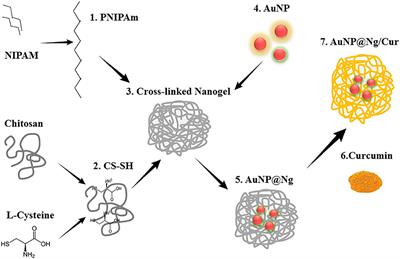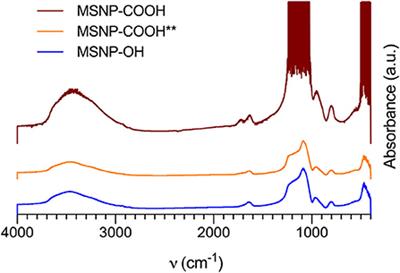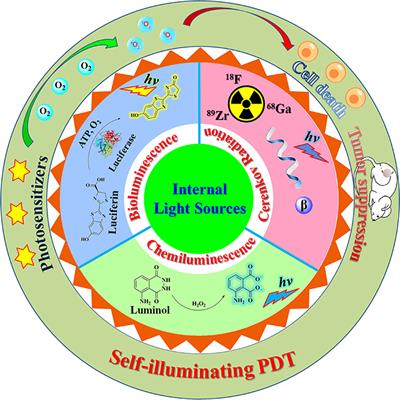EDITORIAL
Published on 24 Mar 2021
Editorial: Functional Nanomaterials for Cancer Diagnostics and Therapy
doi 10.3389/fchem.2021.670410
- 1,365 views
- 2 citations
24k
Total downloads
102k
Total views and downloads
EDITORIAL
Published on 24 Mar 2021
ORIGINAL RESEARCH
Published on 16 Mar 2021

ORIGINAL RESEARCH
Published on 20 Jan 2021

CORRECTION
Published on 27 Nov 2020

ORIGINAL RESEARCH
Published on 26 Nov 2020

ORIGINAL RESEARCH
Published on 22 Oct 2020

ORIGINAL RESEARCH
Published on 15 Oct 2020

REVIEW
Published on 08 Oct 2020

MINI REVIEW
Published on 04 Sep 2020

MINI REVIEW
Published on 16 Jul 2020

ORIGINAL RESEARCH
Published on 14 Jul 2020

ORIGINAL RESEARCH
Published on 26 Jun 2020

